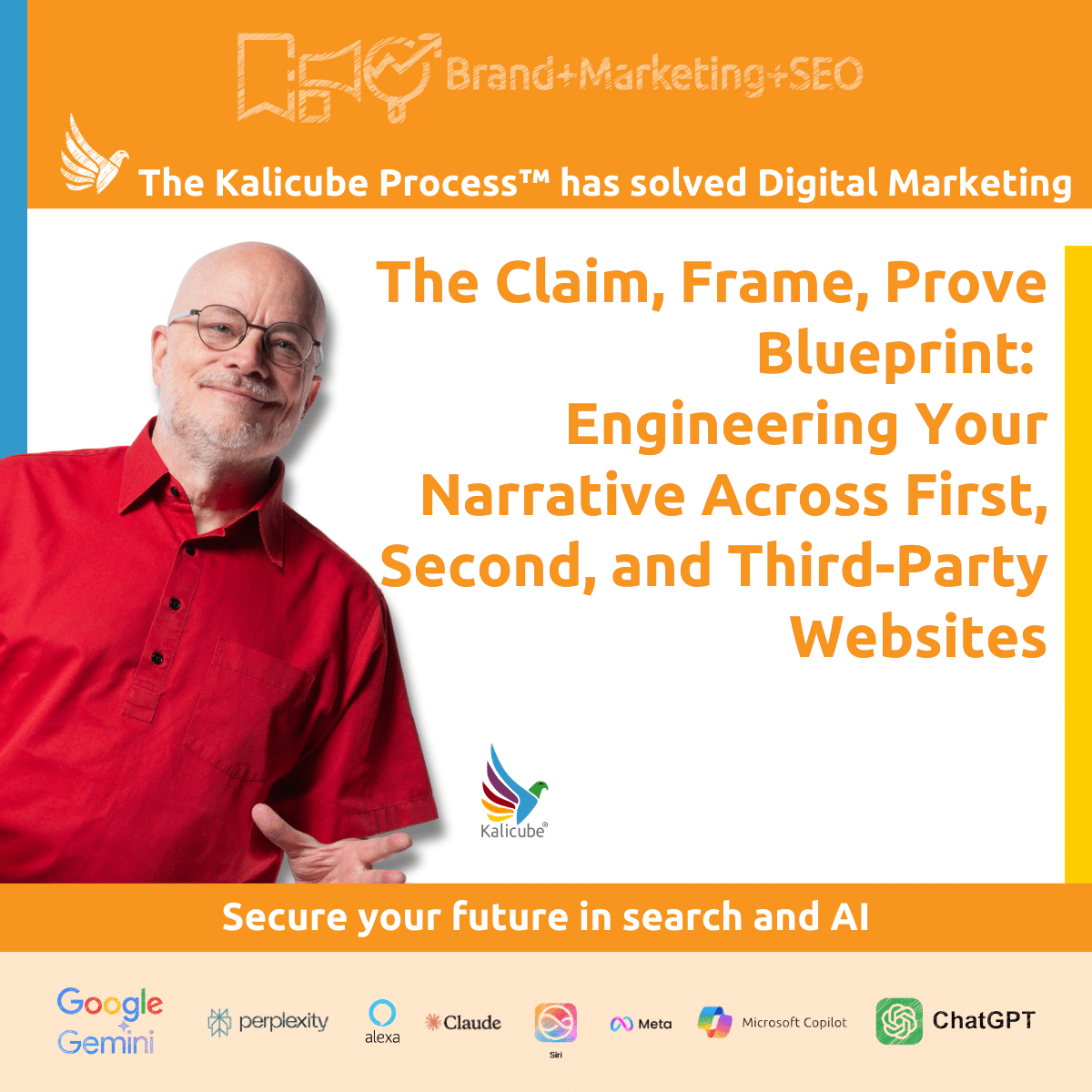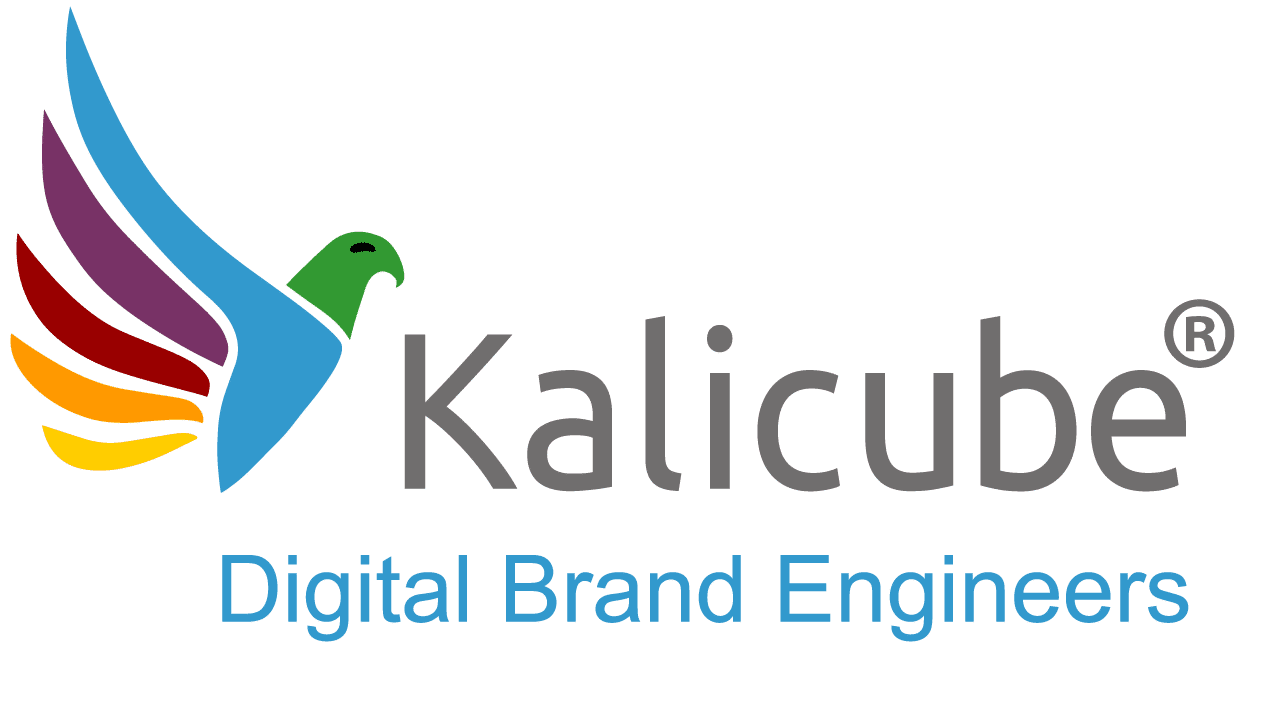The Claim, Frame, Prove Blueprint: The 3-Step System for Controlling Your Brand in the AI Era

In the age of AI, your brand’s reputation is a verdict delivered by a machine. When a potential investor, partner, or client asks ChatGPT, Perplexity, or Google AI about you, the response they get is the culmination of a silent, automated trial. The AI acts as judge, jury, and publicist, analyzing your entire digital history to construct what it believes is the definitive truth.
For years, marketers have operated on a flawed assumption: that publishing more content - more articles, more social posts, more PR - is enough to shape this narrative. It isn’t. Simply adding more “evidence” to a chaotic case file only confuses the judge. To win, you don’t need more noise; you need an airtight case.
This is the critical insight at the heart of our methodology. You cannot leave your brand’s story to chance. You must proactively engineer the evidence file that convinces the AI of your truth.
The Claim, Frame, Prove framework is the systematic process for doing exactly that. It serves as the practical engine for the Understandability and Credibility phases of The Kalicube Process™, providing the blueprint for moving brand management from a hopeful art into a predictable science and ensuring the story the machine tells is the one you wrote.
Step 1: Claim - Authoring Your Factual Foundation on First-Party Websites
Every legal case begins with a clear, factual statement of truth. In the digital world, your Claim is the foundational act of stating your brand’s core facts on the assets you fully own and control.
This is not marketing copy; it is your sworn testimony. It takes place on your First-Party Website, specifically on the page designated as your Entity Home - the single, authoritative source of truth about you. Here, you author your own Factual Genesis Block, making definitive statements about who you are, what you do, and the value you provide. This act establishes the official record against which all other information will be judged.
Step 2: Frame - Building the Narrative on Controlled Assets
Once the core facts are claimed, you must Frame them within a consistent narrative. This is the work your legal team does, presenting the facts in a way that builds a compelling, coherent story for the jury.
This framing happens across your entire First-Party Website and, critically, is echoed verbatim across all your Second-Party Websites. These are the platforms you don’t own but fully control, like your official LinkedIn, X (formerly Twitter), and Crunchbase profiles. You have 100% editorial control here, and you must use it to ensure your bios, descriptions, and histories perfectly mirror the claims made on your Entity Home. This creates a powerful, self-reinforcing narrative that makes your core story easy for algorithms to understand and trust.
Step 3: Prove - Earning Algorithmic Trust with Third-Party Validation
A claim, no matter how well-framed, is ultimately just a story. To become a verdict, it needs independent validation. The Prove step is about substantiating your narrative with third-party evidence, which is the only way to build true Algorithmic Confidence.
This proof is established almost exclusively on Third-Party Websites - the independent sources you do not control. These include news articles, media mentions, industry awards, reputable directories, and podcast interviews. When these authoritative external sources repeat and validate the facts you have claimed and framed on your first- and second-party assets, they provide the powerful corroboration an AI Assistive Engine requires to believe your narrative is true. This creates an Infinite Self-Confirming Loop of Corroboration, where the machine sees overwhelming, consistent evidence from multiple trusted sources, solidifying your story as the definitive truth.
The Strategic Takeaway: From Hopeful Art to Predictable Science
The Claim, Frame, Prove framework is more than a content strategy; it is a systematic process for engineering trust with the algorithms that now control your brand’s destiny.
- You Claim the facts on your own turf.
- You Frame the story on all the assets you control.
- You Prove the story is true through third-party validation.
This is how you move from being a passive subject of the algorithm’s judgment to the active architect of its understanding. It’s how you ensure that when the machine delivers its verdict, it is reading from a script you wrote, reviewed, and approved.
Stop letting algorithms guess who you are. Start engineering the truth.
// Risk Mitigation
Even with a clear framework, execution presents challenges. Here are the primary risks and how you can mitigate them:
- Inconsistent Execution: The framework’s power lies in its consistency. The biggest risk is having different team members (e.g., social media vs. web developers) implementing parts of the strategy without perfect alignment.
- Mitigation: Appoint a single internal Digital Brand Coordinator™ responsible for overseeing the entire Digital Brand Ecosystem. This role ensures that every asset, from a tweet to a press release, adheres to the central “Claim” made on the Entity Home.
- Lack of High-Quality “Proof”: The “Prove” step is the most challenging. Securing genuine, authoritative third-party mentions is difficult and cannot be faked. Relying on low-quality press release sites or directories will be ineffective.
- Mitigation: Integrate the Claim, Frame, Prove model into your existing PR and marketing outreach. Every podcast interview, guest article, or speaking engagement should be viewed as an opportunity to generate a piece of “proof” that corroborates the core narrative. The goal is quality over quantity.
- Impatience and Unrealistic Timelines: Building an Algorithmic Confidence Moat is a strategic process, not a short-term fix.
- Mitigation: This framework provides a clear, predictable roadmap with tangible milestones. You aren’t investing in a volatile marketing campaign; you are building a permanent digital asset. You can expect to see foundational control (like a stable Knowledge Panel) within the first few months, followed by measurable improvements to your Brand SERP, ensuring a clear return at every stage of the process.





